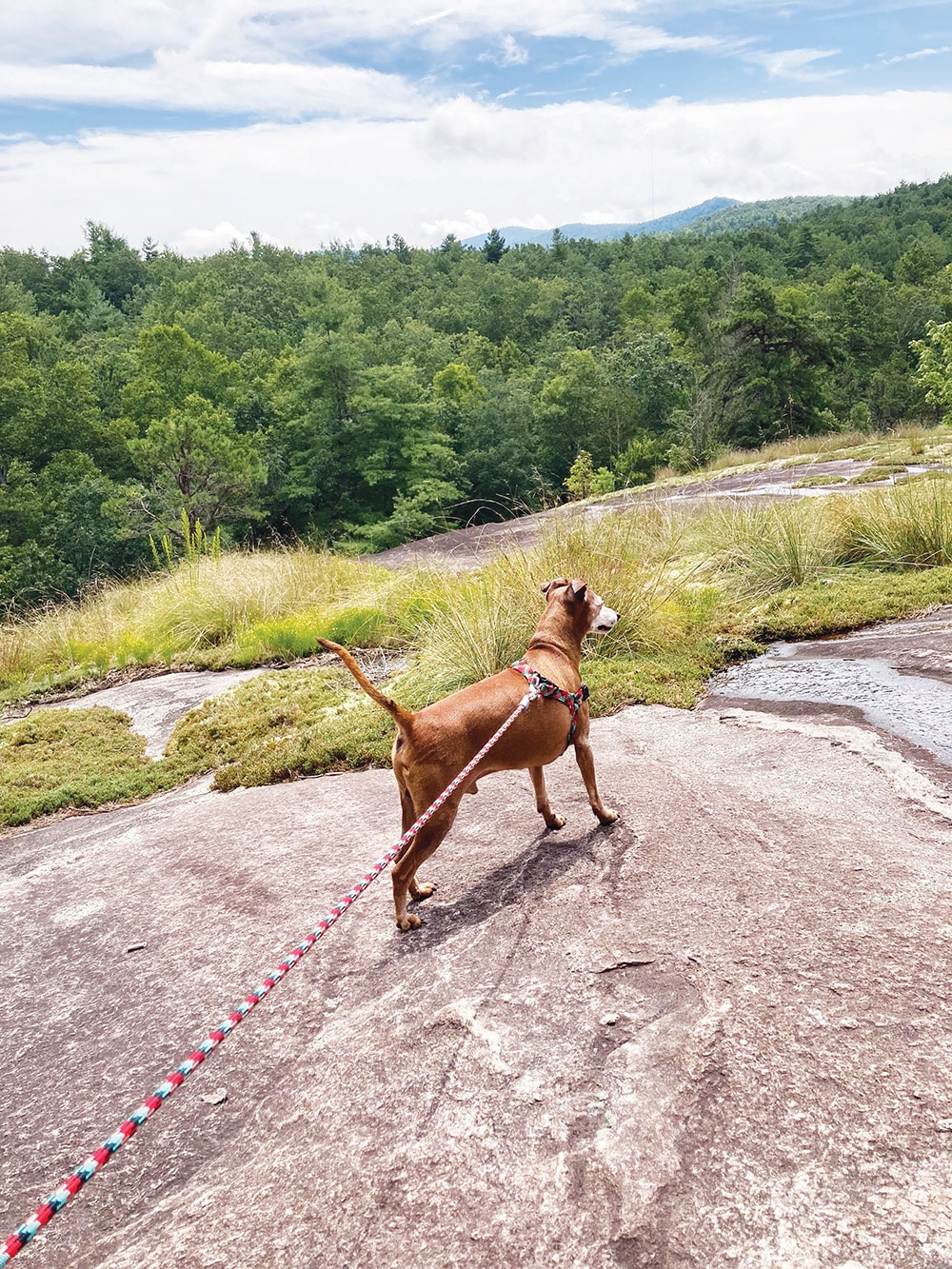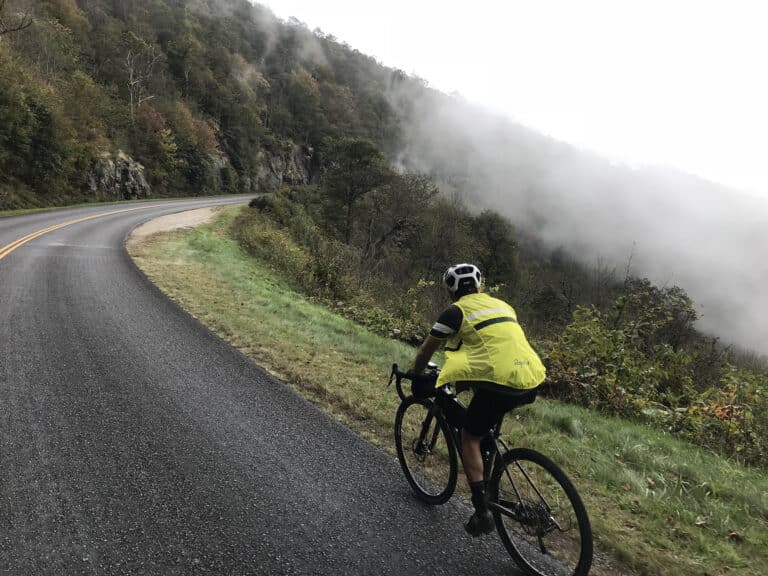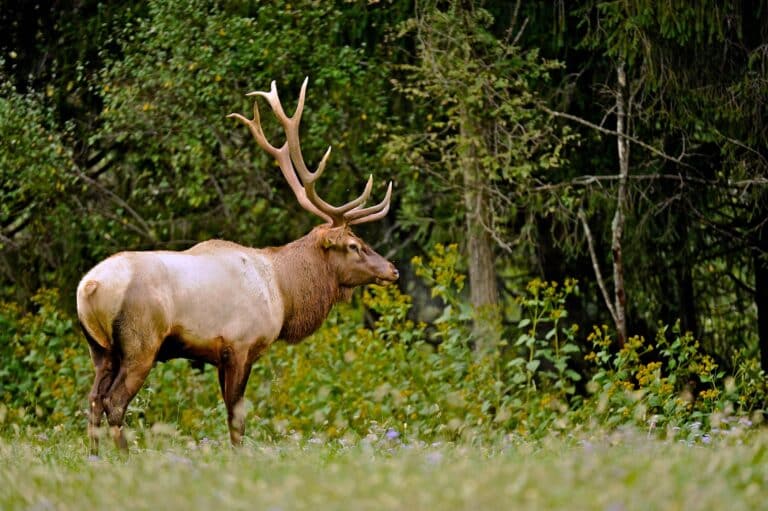Tips for Adventuring With Your Four-Legged Companion
THE YEAR WAS 1984 AND LUANN MACK-DRINKARD had just lost her best friend in the rugged mountains of eastern Tennessee. It all happened so quickly. After a week spent navigating the Nolichucky River as a whitewater rafting guide, Mack-Drinkard set out for a hike with Tali, a two-year-old Irish terrier she had adopted just a month prior. After a few miles of switchbacks, Mack-Drinkard decided to let Tali roam off-leash. “She was being so good,” the dog owner remembers sheepishly.
But then there was an explosion—a flurry of feathers and noise. Tali had flushed a grouse and, in an instant, was gone. “That was my first outing on the trail with a dog,” says Mack-Drinkard, “and I made every mistake you can make.”
Mack-Drinkard would soon learn from her mistakes, hiking over 800 miles of the Appalachian Trail with Tali, who eventually resurfaced from the woods of Tennessee muddy and doe-eyed.
Though Tali has since passed, Mack-Drinkard now hikes the trails near her Danville, Va., home with her two dogs, Ferg and Peri. A recently retired veterinary technician specializing in physical rehabilitation, Mack-Drinkard has a lot of advice to give on training pups to tackle backwoods adventures. Here’s what she and a few other canine experts have to say on how to safely and joyfully hike with dogs.
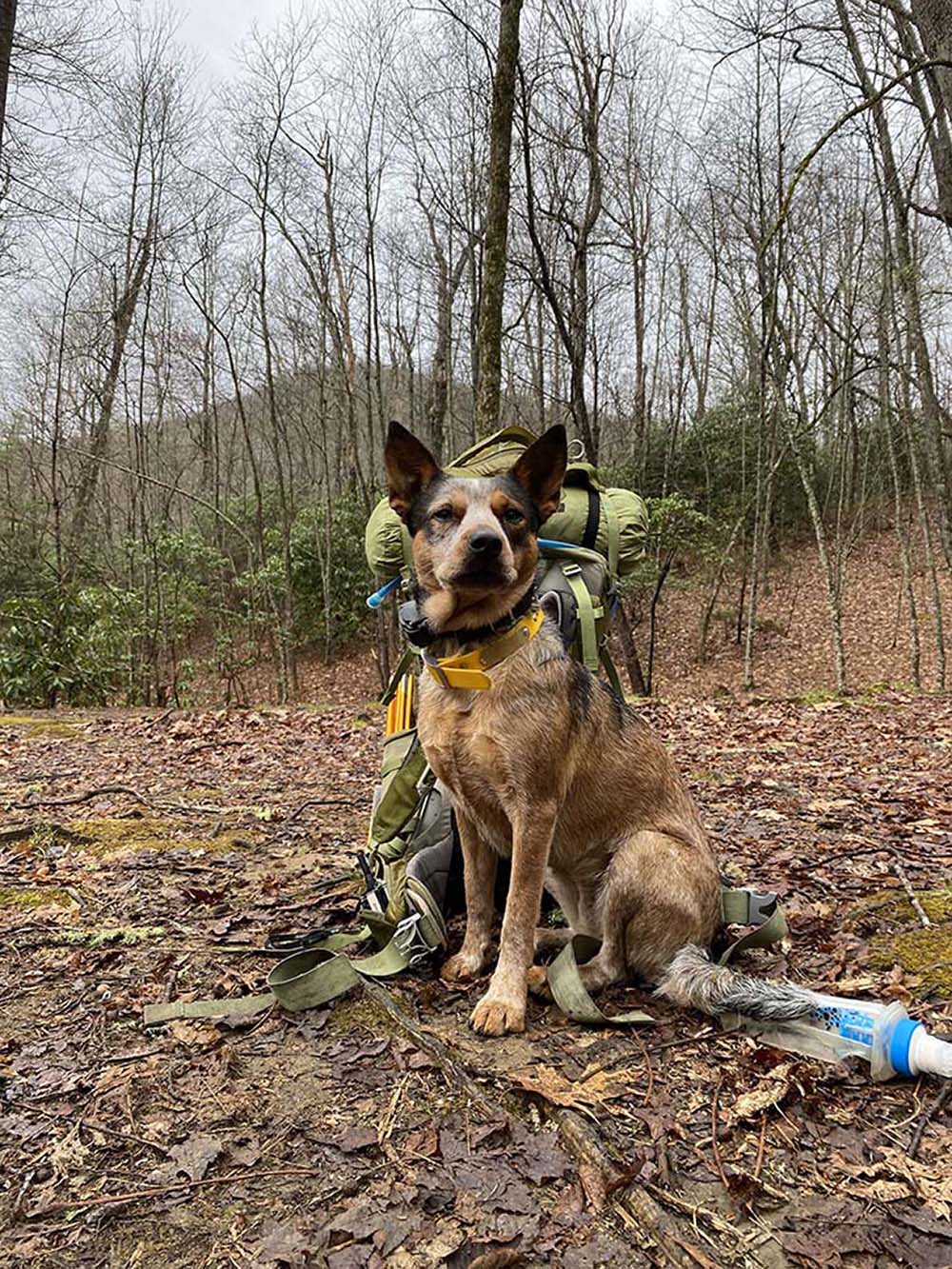
Tip #1: Start Your Hound Early
If you want your pooch to be a peak-bagging badass, you need to start hiking as soon as possible. Just be mindful of their physical limitations. “A puppy is growing and developing, so you don’t want to put too much strain on their joints,” says Mack-Drinkard.
Six months is a good rule of thumb. Though you can obviously take your dog for walks before then, don’t attempt a strenuous day hike or any trail that requires jumping over logs or down steep embankments.
If you adopt an older rescue pup, they won’t have the same physical restrictions. However, they may still need time to acclimate to this “whirlwind of a new world,” says Mack-Drinkard. “You have to introduce hiking slowly and with lots of enthusiasm.”
Tip #2: Teach Your Pup Trail Manners
Not everyone likes dogs, especially those that bombard fellow hikers with slobbery kisses and muddy paws. Thus, it’s important to teach your whiskered confidante some basic commands.
“Heel” is a good place to start, says Megan Thrasher, a trainer with Appalachian Dog Training in Mills River, N.C. “They need to be able to walk nicely and loosely on a leash,” says Thrasher, “especially if you’ll be hiking with trekking poles and gear.”
Once your canine tackles the heel command, introduce directional commands like “go ahead” and “fall back.” “Leave it” is also helpful, especially if your dog is likely to run into wildlife on the trail.
But what about critters of the two-legged variety? How do you train your dog to keep his or her composure as families with children walk by? Mack-Drinkard suggests the pocket treat trick.
When you see hikers approaching, prompt your dog to step off the trail. Then, reward them with a milk bone or slice of cheese. Over time, they will catch on. “Now, whenever my dogs see someone, they automatically hit the side of the trail,” says Mack-Drinkard.
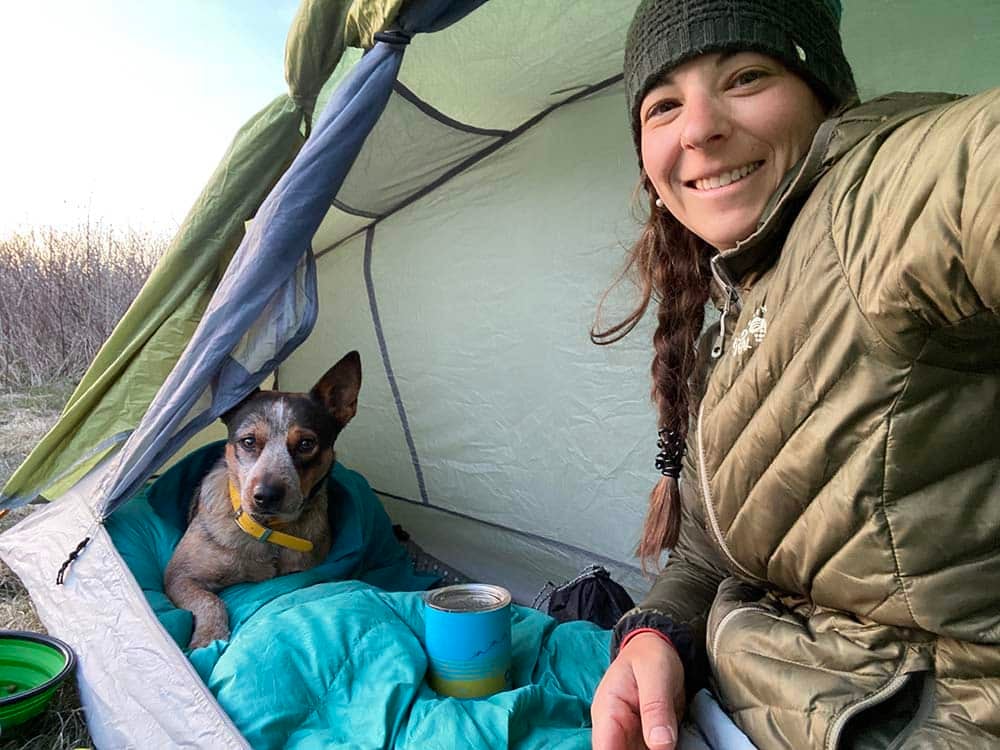
Tip #3: Outfit Your Pooch
Just like some boots pinch your toes and blister your heels, some gear causes dogs discomfort. That’s why harness selection is so critical, says Gabe Eveland, owner of Tennessee Tails Pet Boutique in Jonesborough.
According to Eveland, pet parents need to select a harness made of breathable materials—mesh, for instance—with foam padding for extra comfort. Harness fit is important too. If the pack is too tight or too loose, it will cause chafing and hotspots.
“We recommend using a simple tape measure to determine the right fit,” says Eveland. “But if your dog is on the border of two sizes, go with the bigger size.”
Also, if your pup is carrying weight, their pack needs to be balanced. “You don’t want one side heavier than the other,” Mack-Drinkard advises. If the pack gets off-kilter mid-hike, steady it with a pebble or two.
Tip #4: Get Your Doggo in Shape
If you adopted a houndish couch potato, you can’t expect him or her to be an instant mountaineer. Just like humans, dogs have to build endurance before tackling big climbs. It took Thrasher well over a year to prepare Sage, her cattle dog, for a backpacking trip.
“I conditioned her slowly,” Thrasher explains. She started with one day hike per weekend, usually a jaunt under six miles. Then, when Sage began to bounce back quicker, Thrasher added another weekend day hike.
Sage also required some mental conditioning. Namely, Thrasher had to teach her to sleep in a tent. “I didn’t want it to be scary for her,” says the dog owner.
Thrasher started by setting up a tent in her apartment and then teaching Sage to enter and exit on command. Once Sage was comfortable with the tent, they ventured to a nearby field for an overnight. “Then,” Thrasher says, “we transitioned to backpacking.”
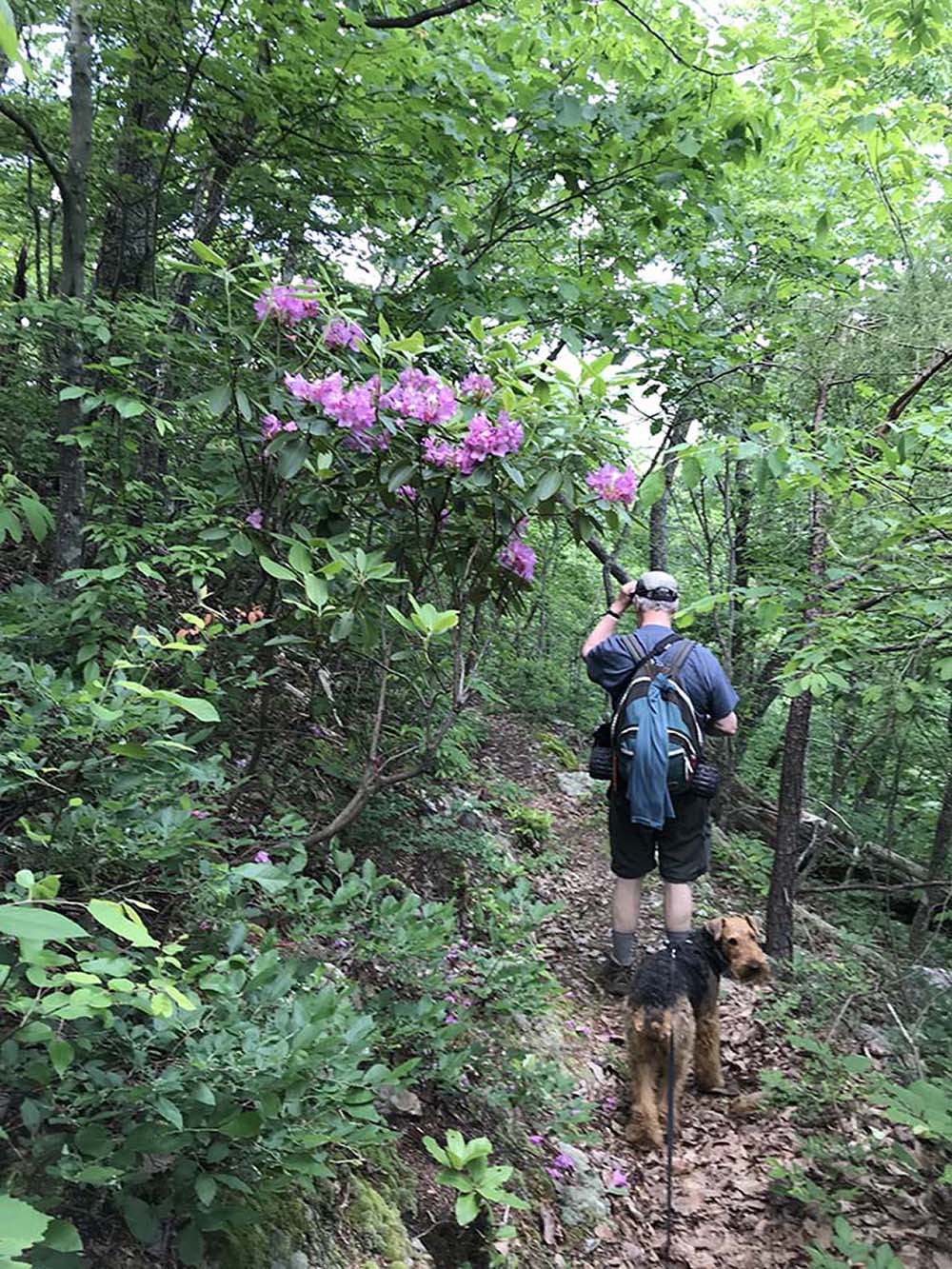
Tip #5: Prioritize Your Dog’s Needs
Earlier this year, Thrasher and Sage tackled the Art Loeb Trail—a 30.1-mile footpath snaking through Pisgah National Forest. For two and a half days, the duo navigated 6,000-foot peaks and rhododendron-lined valleys.
“It was fantastic,” says Thrasher, noting that the experience brought her closer to Sage. But it was a challenge, nonetheless.
That’s because when you hike with Fido, the adventure is no longer yours alone. Every decision you make—from how many miles you log to when you set up camp—should be made with your pup’s needs in mind.
“Your canine comes first. Period,” says Mack-Drinkard. You should constantly be monitoring their hydration and hunger levels, checking for blisters and hot spots, and taking breaks when they seem fatigued. “This isn’t your hike,” Mack-Drinkard reminds. “It’s your dog’s.”
Cover photo: Above all, your dog needs to tackle the “heel” command. Photo courtesy of author.
